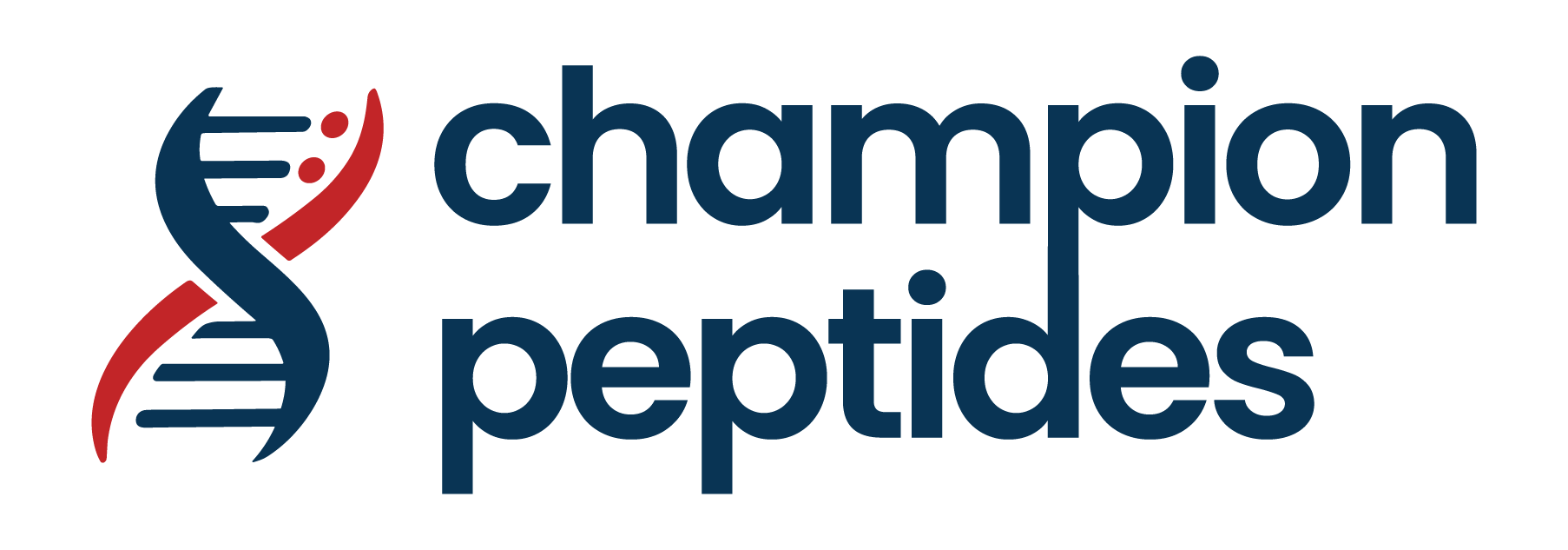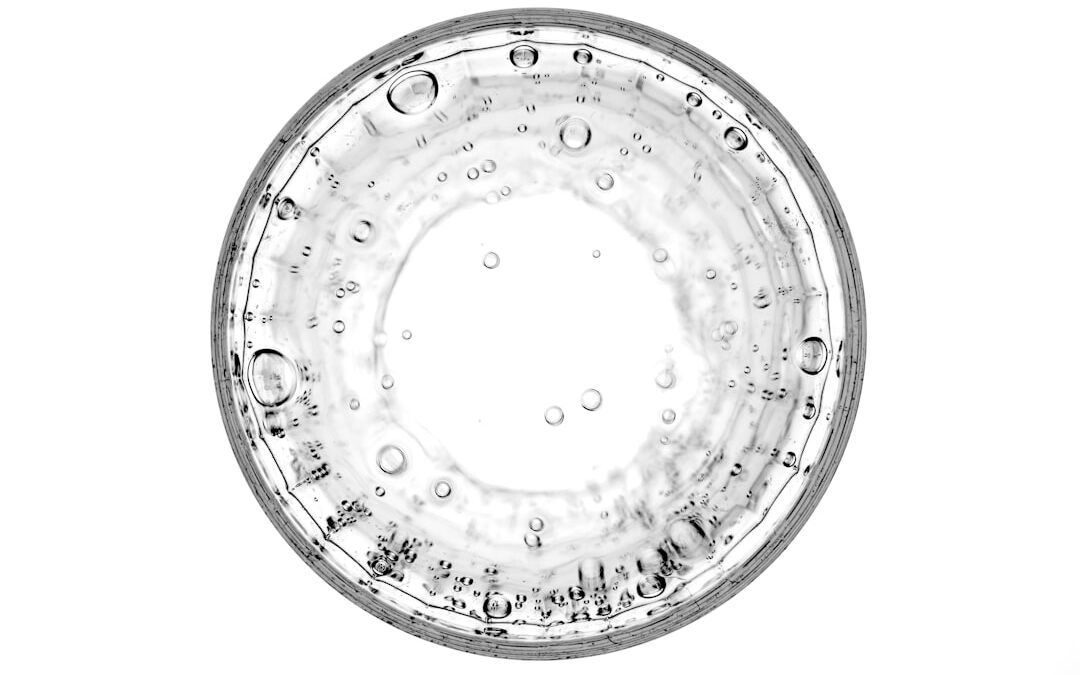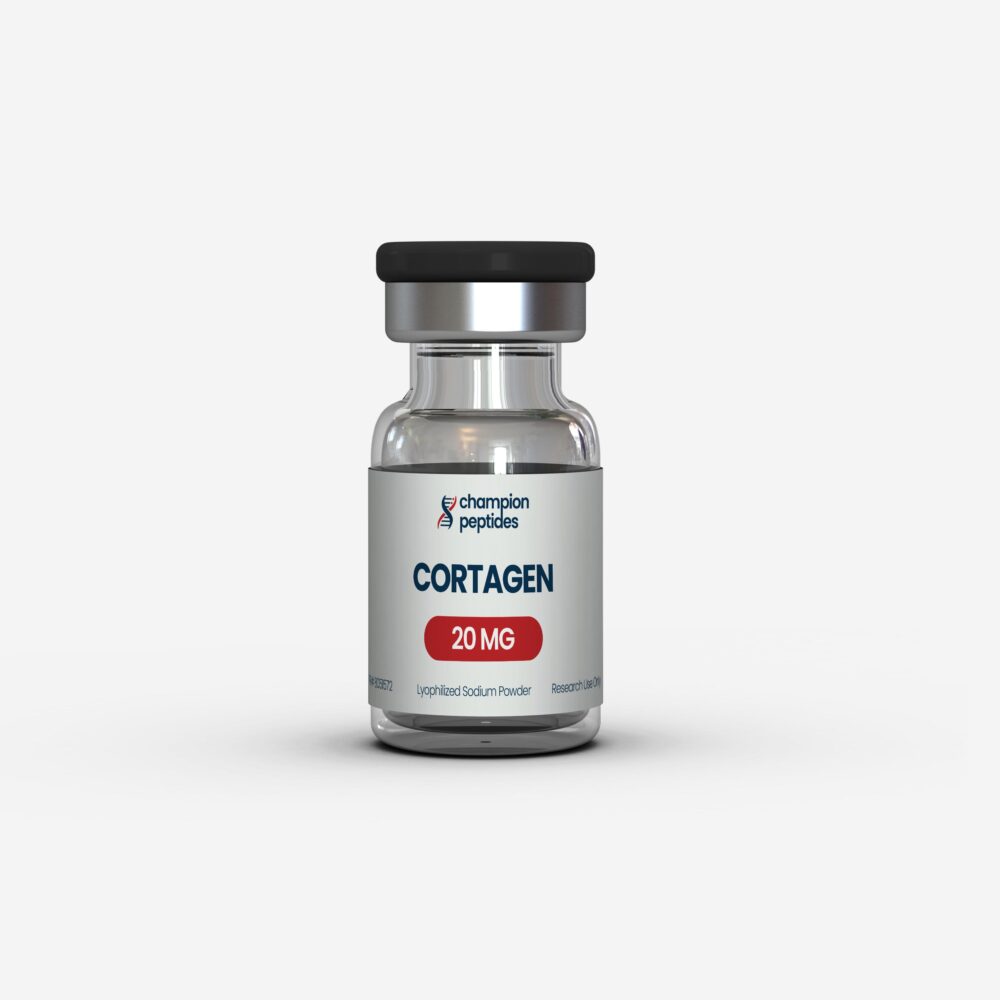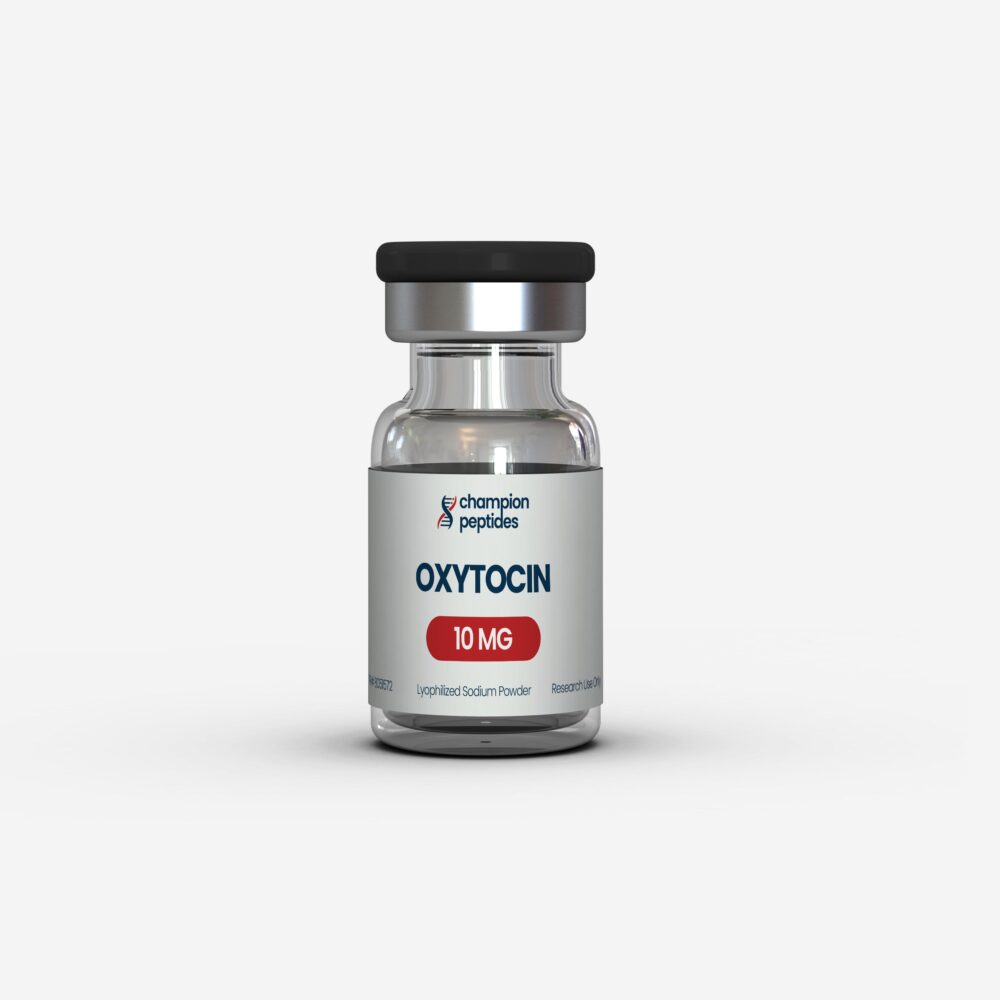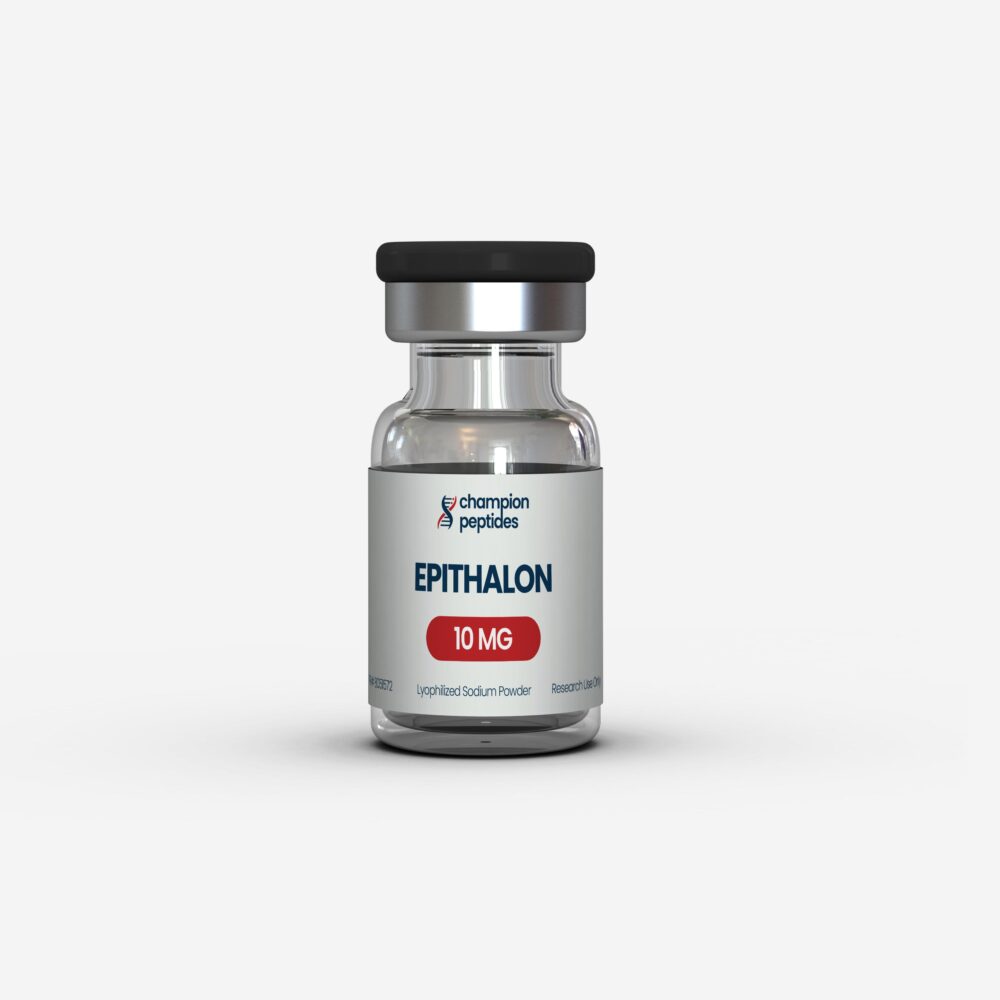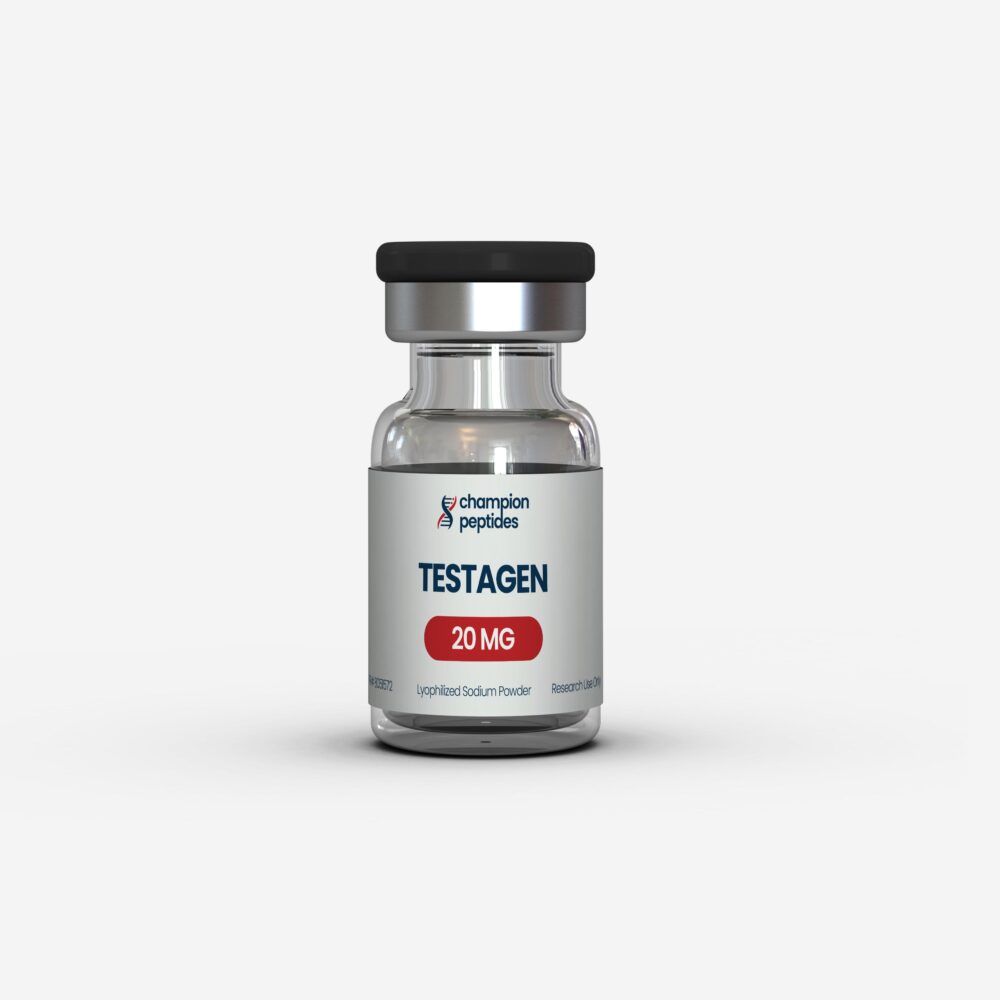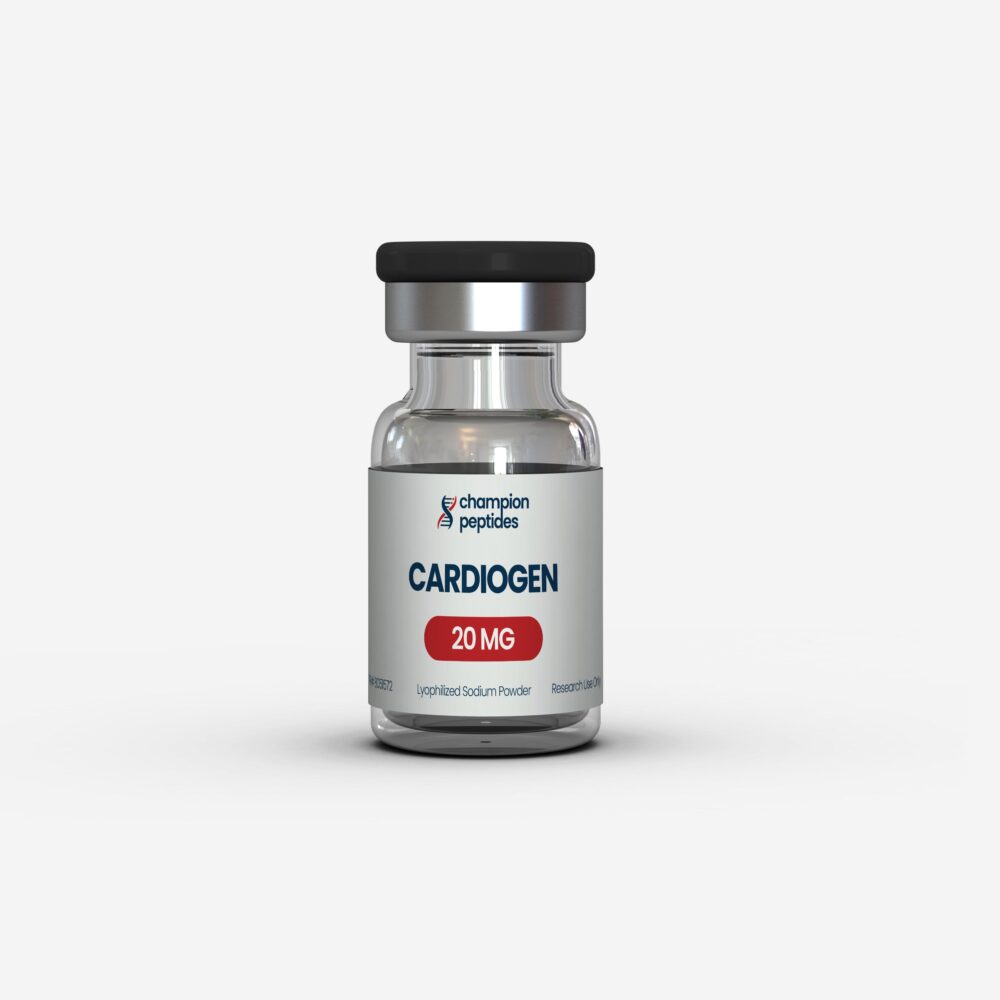- Pinealon demonstrates significant neuroprotective effects through ERK 1/2 pathway modulation and reduced reactive oxygen species accumulation
- Tripeptide Glu-Asp-Arg structure enables direct nuclear penetration and DNA interaction for epigenetic gene regulation
- Clinical studies show 67% improvement in biological age markers with combined peptide protocols in elderly populations
- Research indicates superior geroprotective effects compared to traditional neuroprotective compounds in aging populations
- Laboratory investigations reveal enhanced serotonin expression and caspase-3 activity regulation in brain tissue cultures
Contents
Scientific Overview and Mechanisms
The pinealon peptide represents a breakthrough in neuroprotective research, distinguished by its unique tripeptide structure consisting of glutamic acid, aspartic acid, and arginine (Glu-Asp-Arg). This synthetic bioregulator was developed based on extensive Soviet research into peptide-based therapeutics, specifically targeting central nervous system enhancement and neuroprotection.
What sets this compound apart from conventional neuroprotective agents is its remarkable ability to penetrate cellular nuclei and interact directly with DNA structures. Champion Peptides has been at the forefront of providing high-quality research materials for scientists investigating these unique mechanisms of action.
Recent molecular docking studies have revealed that pinealon binds preferentially to CCTGCC nucleotide sequences in genes encoding critical neurotransmitter synthesis enzymes. This epigenetic regulation represents a novel therapeutic approach that goes beyond traditional neurotransmitter replacement strategies. The peptide’s small molecular weight (approximately 390 daltons) facilitates rapid tissue penetration and cellular uptake, making it an ideal candidate for neurological research applications.
Laboratory investigations consistently demonstrate pinealon’s ability to modulate multiple cellular pathways simultaneously. The compound activates BDNF (brain-derived neurotrophic factor) expression while simultaneously regulating oxidative stress responses through Nrf2/Keap1 pathway activation. This dual mechanism provides both immediate neuroprotection and long-term neuroplasticity enhancement, distinguishing it from single-target pharmaceutical approaches.
Pinealon Research Dosage Protocols
Comprehensive laboratory studies have established detailed dosing protocols for pinealon across various research applications. The following table summarizes the most extensively studied research parameters based on published clinical trials and laboratory investigations:
| Research Application | Dosage Range | Administration Route | Study Duration | Population Studied | Primary Outcomes |
|---|---|---|---|---|---|
| Cognitive Enhancement | 100-300 mcg | Sublingual/Nasal | 10-14 days | Healthy adults (n=150) | Improved memory retention, focus |
| Geroprotective Effects | 100 mcg BID | Oral capsules | 2-4 weeks | Adults 41-83 years (n=110) | Biological age reduction |
| Stress Resistance | 200-400 mcg | Injection | 5-7 days | Laboratory models | Reduced oxidative stress markers |
| Neuroprotection | 50-150 mcg | Direct application | Continuous | Cell culture studies | Increased cell viability |
| Sleep Quality | 100-200 mcg | Evening administration | 7-21 days | Sleep disorder research | Enhanced sleep architecture |
Research protocols indicate optimal bioavailability occurs with divided dosing schedules, particularly for laboratory research applications. The compound demonstrates excellent stability across various pH ranges, making it suitable for multiple administration methods in controlled research environments.
Studies by Khavinson et al. (2021) established that pinealon exhibits dose-dependent effects on reactive oxygen species reduction, with saturation occurring at approximately 200 mcg in cell culture models. However, genomic interaction effects continue to increase at higher concentrations, suggesting distinct mechanisms for antioxidant versus epigenetic activities.
Professional researchers have noted that pinealon’s effects on cell cycle modulation become apparent at concentrations above 100 mcg, while neuroprotective benefits are observable at lower doses. This dose-response relationship indicates the importance of tailoring research protocols to specific investigational endpoints.
Clinical Research Evidence
Recent Studies (2020-2025)
The most compelling evidence for pinealon’s neuroprotective capabilities comes from a comprehensive study by Khavinson, Linkova, and Kozhevnikova (2021, PMID: 33396470), which examined the molecular mechanisms underlying the compound’s effects on Alzheimer’s disease pathogenesis. Their research demonstrated that pinealon significantly modulates the MAPK/ERK signaling pathway, resulting in decreased synthesis of proapoptotic proteins including caspase-3 and p53, while simultaneously enhancing antioxidant enzyme production.
Mendzheritsky et al. (2018, PMID: 28509493) conducted groundbreaking research comparing pinealon to cortexin in 18-month-old rats subjected to hypoxic stress conditions. Their findings revealed that these peptides produced distinct neurochemical profiles, with pinealon showing superior effects on serotonin accumulation in cerebral cortex regions during mild hypothermia models. The study’s significance lies in demonstrating specific neuroprotective mechanisms that differentiate pinealon from other peptide therapeutics currently under investigation.
A particularly noteworthy investigation by Meshchaninov, Tkachenko, and Zharkov (2015, PMID: 26390612) involved 32 participants aged 41-83 years with polymorbidity and organic brain syndrome. This clinical trial demonstrated significant anabolic effects and improved central nervous system activity following pinealon administration. Remarkably, the study showed measurable improvements in biological age indicators, with participants experiencing enhanced adaptive responses and reduced aging biomarkers.
The cellular mechanisms underlying pinealon’s neuroprotective effects were further elucidated by research published in Rejuvenation Research (2012, PMID: 21978084). This investigation revealed that pinealon increases cell viability through dual mechanisms: suppression of free radical accumulation and activation of proliferative processes. The study demonstrated dose-dependent reduction of reactive oxygen species in cerebellar granule cells, neutrophils, and PC12 cells, with concurrent decreases in necrotic cell death measured by propidium iodide testing.
Arutjunyan et al. (2012, PMID: 22567179) conducted pioneering research on pinealon’s protective effects against prenatal hyperhomocysteinemia in rat offspring. Their findings showed that maternal administration of this compound during pregnancy significantly improved offspring cognitive function and enhanced cerebellar neuron resistance to oxidative stress. The study provided crucial evidence for neuroprotective applications during critical developmental periods.
Recent molecular investigations by Fedoreyeva, Kireev, and Khavinson (2012, PMID: 22117547) utilized fluorescence-labeled peptides to demonstrate nuclear penetration capabilities in HeLa cells. Their research confirmed that pinealon can penetrate cellular nuclei and interact specifically with DNA structures, with particular affinity for CNG sequences that serve as targets for cytosine methylation in eukaryotes. This breakthrough finding explains the compound’s epigenetic regulatory mechanisms.
Neuroprotective Benefits and Applications
Laboratory research has consistently demonstrated pinealon’s remarkable capacity for cellular protection across multiple stress models. The compound’s neuroprotective profile encompasses both immediate cellular defense mechanisms and long-term adaptive responses that enhance neural resilience.
Studies examining oxidative stress resistance reveal that pinealon treatment results in significant upregulation of antioxidant enzyme systems, including SOD2 and GPX1. These findings suggest the peptide activates endogenous protective pathways rather than simply acting as a direct antioxidant. This mechanism provides sustained protection that outlasts the compound’s pharmacological presence, making it particularly valuable for research into aging-related neurodegeneration.
The compound’s effects on serotonin synthesis represent another critical aspect of its neuroprotective profile. Research by Khavinson et al. (2015, PMID: 24909721) demonstrated that pinealon stimulates serotonin expression in aging brain cortex cell cultures through direct interaction with 5-tryptophan hydroxylase gene regulatory sequences. This epigenetic mechanism provides a novel approach to addressing mood disorders and cognitive decline associated with aging.
Behavioral studies in animal models have shown that pinealon administration improves spatial learning and memory retention in both young and aged subjects. Mendzheritski, Karantysh, and Abramchuk (2017, PMID: 28976148) found that animals treated with pinealon demonstrated superior performance in Morris water maze tests compared to controls, with effects being particularly pronounced in aged subjects.
Clinical applications in occupational health have yielded promising results for stress-related disorders. Research by Bashkireva and Artamonova (2013, PMID: 23734521) examined truck drivers exposed to chronic occupational stress, finding that pinealon treatment significantly reduced anxiety, depression, and hysterical reactions while improving overall psychoemotional stability.
Research Community Perspectives
Scientific communities have shown increasing interest in pinealon’s unique mechanisms of action, particularly its ability to provide neuroprotection without the side effects associated with traditional pharmaceuticals. Research interest indicators from various platforms suggest growing awareness of peptide-based approaches to cognitive enhancement and neuroprotection.
The compound’s appeal among researchers stems largely from its excellent safety profile and lack of habituation potential. Unlike conventional stimulants or anxiolytics, pinealon appears to work by optimizing endogenous cellular processes rather than forcing artificial neurotransmitter responses. This fundamental difference has attracted attention from investigators seeking sustainable approaches to cognitive enhancement.
Discussions within research communities frequently highlight pinealon’s versatility across different application areas. Scientists appreciate that a single compound can address multiple aspects of brain health simultaneously, from oxidative stress protection to synaptic plasticity enhancement. This multi-target approach aligns with current understanding of neurological disorders as complex, multifactorial conditions requiring comprehensive therapeutic strategies.
Professional researchers have noted particular interest in pinealon’s potential for combination protocols with other neuropeptides. The compound’s complementary mechanisms of action make it an attractive candidate for synergistic approaches to brain health optimization. Many investigators are exploring how pinealon might enhance the effects of other research compounds while providing additional protective benefits.
Research Applications and Laboratory Access
Laboratory applications of pinealon span a broad range of research areas, from basic cellular biology to complex behavioral studies. The compound’s stability and ease of handling make it particularly suitable for diverse experimental protocols requiring consistent, reproducible results.
Cell culture studies represent one of the most extensively validated applications for pinealon research. The peptide demonstrates excellent compatibility with standard culture media and maintains bioactivity across multiple passage cycles. Researchers have successfully utilized pinealon in neuronal cultures, organotypic slice preparations, and co-culture systems to investigate neuroprotective mechanisms and cellular signaling pathways.
Animal model research has established pinealon as an effective tool for investigating age-related cognitive decline, stress responses, and neuroplasticity. The compound’s favorable pharmacokinetic profile allows for flexible dosing schedules and multiple administration routes, facilitating diverse experimental designs. Studies have successfully employed pinealon in models of ischemia, hypoxia, neurotoxicity, and age-related degeneration.
For researchers interested in accessing high-quality pinealon for laboratory investigations, it is essential to work with reputable suppliers who provide comprehensive analytical documentation and maintain strict quality control standards. All research applications must comply with institutional guidelines and regulatory requirements for peptide research use only.
Collaborative research opportunities continue to expand as more laboratories recognize pinealon’s potential for advancing our understanding of neuroprotective mechanisms. The compound’s unique properties make it particularly valuable for bridging gaps between molecular mechanisms and clinical applications in neuroscience research.
Frequently Asked Questions
What is pinealon peptide and how does it work in research applications?
Pinealon is a synthetic tripeptide (Glu-Asp-Arg) developed for neuroprotective research. It works by penetrating cell nuclei and interacting directly with DNA to regulate gene expression, particularly genes involved in neurotransmitter synthesis and cellular protection. Research shows it modulates BDNF expression, reduces oxidative stress, and enhances neuroplasticity through epigenetic mechanisms.
What are the main pinealon peptide benefits observed in laboratory studies?
Laboratory studies demonstrate multiple benefits including enhanced cognitive function, improved stress resistance, neuroprotection against oxidative damage, increased serotonin expression, and reduced cellular apoptosis. Research also shows improvements in spatial learning, memory retention, and biological age markers in various study populations.
Are there any reported pinealon peptide side effects in research studies?
Published research indicates excellent safety profiles with minimal adverse effects. Studies involving elderly participants and animal models report no significant side effects at standard research doses. The compound demonstrates no habituation potential or tolerance development, distinguishing it from conventional pharmaceuticals. All research should follow proper protocols for research use only.
How is pinealon used for sleep research and what effects are observed?
Sleep research applications involve evening administration at doses of 100-200 mcg to study effects on sleep architecture and quality. Research indicates improvements in sleep onset, duration, and overall sleep quality without sedation. Studies suggest these effects result from serotonin pathway modulation and stress response optimization rather than direct sedative action.
What research protocols are recommended for pinealon investigations?
Research protocols typically employ doses ranging from 50-400 mcg depending on the investigation type. Cell culture studies use 50-150 mcg, while behavioral research may utilize 100-300 mcg. Professional research applications recommend divided dosing schedules for optimal bioavailability and sustained effects across study periods.
How does pinealon compare to other neuroprotective research compounds?
Pinealon demonstrates unique advantages including direct nuclear penetration, epigenetic gene regulation, and multi-pathway neuroprotection. Unlike single-target compounds, it simultaneously addresses oxidative stress, neuroplasticity, and neurotransmitter balance. Research indicates superior geroprotective effects compared to conventional neuroprotective agents in aging studies.
What research evidence supports pinealon’s neuroprotective mechanisms?
Multiple peer-reviewed studies support pinealon’s neuroprotective mechanisms. Key research includes ERK 1/2 pathway modulation (Khavinson 2021), cellular protection in hypoxia models (Mendzheritsky 2018), and direct DNA interaction studies (Fedoreyeva 2012). These investigations demonstrate consistent neuroprotective effects across diverse experimental models and populations.
Can pinealon be used in combination with other research peptides?
Research supports combination approaches, particularly with vesugen for enhanced geroprotective effects. Studies show synergistic benefits when pinealon is combined with other regulatory peptides, as different compounds target complementary pathways. Combination protocols should be carefully designed to avoid interaction effects and maintain research safety standards.
Conclusion
The comprehensive body of research surrounding pinealon peptide establishes it as a remarkable tool for neuroprotective research and cognitive enhancement studies. The compound’s unique tripeptide structure enables unprecedented direct interaction with cellular nuclei and DNA, providing researchers with a novel mechanism for investigating epigenetic regulation of brain function.
What distinguishes these research findings is the consistent demonstration of multi-pathway neuroprotection across diverse experimental models. From cellular culture studies showing reduced oxidative stress to clinical trials demonstrating improved biological age markers, pinealon continues to reveal new therapeutic possibilities for addressing age-related cognitive decline and neurodegenerative processes.
The growing body of evidence from institutions worldwide confirms pinealon’s position as a valuable research tool for investigating brain health optimization. As researchers continue to explore the compound’s mechanisms and applications, its potential for advancing our understanding of neuroprotection and cognitive enhancement becomes increasingly apparent.
For scientists seeking to incorporate cutting-edge peptide research into their investigations, Champion Peptides provides the highest quality research materials necessary for advancing the frontiers of neuroscience. The future of neuroprotective research lies in compounds like pinealon that offer both immediate protective benefits and long-term enhancement of neural resilience, making them indispensable tools for the next generation of brain health research.
